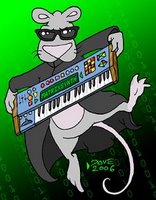Showing posts sorted by relevance for query Collector Current. Sort by date Show all posts
Showing posts sorted by relevance for query Collector Current. Sort by date Show all posts
Thursday, July 17, 2025
Square Drum
video upload by Collector Current
"From the Generator of Wave EP, out now on Bandcamp:
This track was made using the Yamaha DX11, Yamaha TX16W, Din-Sync RE-606 and found sounds."
Soundcloud: / collector-current
Bandcamp: https://collectorcurrent.bandcamp.com
Blog: https://blog.jacobvosmaer.nl/"
Thursday, May 22, 2025
Kurzweil K2000 FM synthesis
video upload by Collector Current
"A brief exploration of FM synthesis on the Kurzweil K2000. I first learned about this techique from this website: http://www.dlnsound.com/aboutkfm.htm#...
Soundcloud: / collector-current
Bandcamp: https://collectorcurrent.bandcamp.com"
Monday, June 02, 2025
Yamaha DX11 synth bass
video upload by Collector Current
"Exploring simple synth bass sounds on the Yamaha DX11 (the keyboard version of the TX81Z). FM does not have to be hard!
Soundcloud: / collector-current
Bandcamp: https://collectorcurrent.bandcamp.com"
Saturday, May 17, 2025
Nonlinear Labs C15 - quick Karplus-Strong sound design
video upload by Collector Current
"A quick exploration of Karplus-Strong synthesis on the Nonlinear C15.
Soundcloud: / collector-current
Bandcamp: https://collectorcurrent.bandcamp.com"
Thursday, December 04, 2025
Casio VZ-1: controlling amplitude with the mod wheel
video upload by Collector Current
"After I shot yesterday's VZ-1 PWM video [posted here] I realized it would have been nice to use the mod wheel to control the PWM depth. In this video I show how you can do that.
Blog: https://blog.jacobvosmaer.nl/
Music: https://music.jacobvosmaer.nl/"
Addtional posts featuring Collector Current Casio VZ-1 videos
Wednesday, June 04, 2025
Yamaha DX11 coarse pitch ratios
video upload by Collector Current
"I learned today that the TX81Z / DX11 coarse FM pitch ratios are divided into four sequences. I sat down with a basic bell sound to explore if I can hear a resemblance.
Besides the harmonic ratios 0.5, 1, 2, 3, etc there are 3 other sequences of ratios which are multiples of 1.41 (sqrt(2)), 1.57 (pi/2) and 1.73 (sqrt(3)). Read more at https://blog.jacobvosmaer.nl/0050-fm-...
Soundcloud: / collector-current
Bandcamp: https://collectorcurrent.bandcamp.com"
Wednesday, December 03, 2025
Casio VZ-1 PWM
video upload by Collector Current
"A demonstration of how you can create a pulse width modulation (PWM) sound on the Casio VZ-1.
Blog: https://blog.jacobvosmaer.nl/
Music: https://music.jacobvosmaer.nl/"
Addtional posts featuring Collector Current Casio VZ-1 videos
Sunday, June 22, 2025
Casio VZ-1 phase mode envelope weirdness
video upload by Collector Current
The Casio VZ-1 is an odd and misunderstood synthesizer. In this video we look at how "PHASE" mode (wavefolding) changes the behavior of some of the envelopes. The story gets more complicated when you add "EXTERNAL PHASE" to the picture but I'll save that for a later video. If you want to read more you can also see the VZ-1 articles on my blog: https://blog.jacobvosmaer.nl/tags/vz-...
Soundcloud: / collector-current
Bandcamp: https://collectorcurrent.bandcamp.com
Blog: https://blog.jacobvosmaer.nl/"
Thursday, May 15, 2025
CrowBX PWM fun
video upload by Collector Current
"Exploring polyphonic PWM on the CrowBX.
The CrowBX is a DIY polysynth designed by Scott Rider. https://www.cs80.com/crowbx/
Check out my music!
Soundcloud: / collector-current
Bandcamp: https://collectorcurrent.bandcamp.com/"
Friday, July 11, 2025
Casio VZ-1 EXTERNAL PHASE mode
video upload by Collector Current
"The Casio VZ-1 lets you combine oscillators into complex sound generators using "EXTERNAL PHASE" mode. There are many possible combinations; in this video we only look at 4 oscillators and combinations of MIX and PHASE mode.
Read more about the VZ-1 at https://blog.jacobvosmaer.nl/tags/vz-..."
Soundcloud: / collector-current
Bandcamp: https://collectorcurrent.bandcamp.com
Blog: https://blog.jacobvosmaer.nl/
Thursday, June 05, 2025
Yamaha DX11 stretch tuning
video upload by Collector Current
"I made a little box that sends stretch tunings to the DX11 as microtuning tables.
You can see the program that runs in the box here: https://gist.github.com/jacobvosmaer/...
Soundcloud: / collector-current
Bandcamp: https://collectorcurrent.bandcamp.com"
Saturday, May 24, 2025
Kurzweil K2000 exponential envelopes via FUN
video upload by Collector Current
The standard envelope generators on the Kurzweil K2000 use linear slopes but you can make different shapes using the 'FUN' function generators. In this video we look at using 'hipass' to create an exponential decay envelope.
Thank you Ed for telling me about this technique.
You can find my music at the links below.
Soundcloud: / collector-current
Bandcamp: https://collectorcurrent.bandcamp.com
Saturday, June 14, 2025
The Casio VZ-1 does not do FM - it does wave folding
video upload by Collector Current
"In this video we explore the "phase" output format of the Casio VZ-1. Some people think this is FM synthesis, like the DX7, but it's not. It really is wave folding.
Read more in https://blog.jacobvosmaer.nl/0028-mys...
Soundcloud: / collector-current
Bandcamp: https://collectorcurrent.bandcamp.com"
Thursday, May 29, 2025
Kurzweil K2000 digital synthesis
video upload by Collector Current
"We use the Kurzweil DSP to transform a sine wave into different sounds. First a classic PWM sound using asymmetric clipping, then a harsh digital using the 'WRAP' and 'SHAPER' DSP functions.
Although there is a lot of intentional clipping in this video there is also some unintentional clipping, sorry about that. This easily happens with K2000 DSP." Soundcloud: / collector-current
Bandcamp: https://collectorcurrent.bandcamp.com
Monday, August 11, 2025
Casio FZ-1 with AdventureKid waveforms
video upload by Collector Current
"A basic demonstration of what you can do with the AdventureKid waveforms on the Casio FZ-1.
Read more and download the Casio disk images at my blog: https://blog.jacobvosmaer.nl/0058-akw...
Blog: https://blog.jacobvosmaer.nl/
Music: https://music.jacobvosmaer.nl/"
Thursday, August 21, 2025
Casio FZ-1 batch sample conversion
video upload by Collector Current
"A demonstration of the utilities I made to batch-convert audio files so they can load into the Casio FZ-1."
Source code: https://github.com/jacobvosmaer/fz1/
Blog: https://blog.jacobvosmaer.nl/
Music: https://music.jacobvosmaer.nl/
https://www.goldbaby.co.nz
Monday, May 12, 2025
Oberheim Xpander FM exploration
video upload by Collector Current
"Exploring FM bell sounds on the Oberheim Xpander. Recorded in mono without effects."
Thursday, September 11, 2025
Casio CZ-1 Reese bass
video upload by Collector Current
"We look at the bass sound from Just Want Another Chance by @KevinSaunderson. • Just Want Another Chance (Original Mix) [below]
Thank you @BatteryCoverMissing for pointers in the right direction.
Blog: https://blog.jacobvosmaer.nl/
Music: https://music.jacobvosmaer.nl/
Just Want Another Chance (Original Mix)
video upload by Kevin Saunderson
"Provided to YouTube by Armada
Just Want Another Chance (Original Mix) · Reese · Kevin Saunderson
Just Want Another Chance
℗ 1988 BEAT Music Fund
Released on: 1988-05-01
Producer: Kevin Maurice Saunderson
Music Publisher: Copyright Control
Composer: Kevin Maurice Saunderson"
Friday, October 10, 2025
Roland R-8M with custom MIDI velocity mapper
video upload by Collector Current
"Playing with the Roland R-8M and a custom MIDI velocity mapper gadget I made
Firmware of blue MIDI box: https://github.com/jacobvosmaer/midi-...
Blog: https://blog.jacobvosmaer.nl/
Music: https://music.jacobvosmaer.nl/"
Saturday, October 18, 2025
Detune all the synths with MIDI pitch bend
video upload by Collector Current
"A demonstration of two new features I have added to my MIDI mangling box that let me detune any one of my synthesizers.
MIDI box firmware: https://github.com/jacobvosmaer/midi-...
Blog: https://blog.jacobvosmaer.nl/
Music: https://music.jacobvosmaer.nl/"
NEXT PAGE
HOME
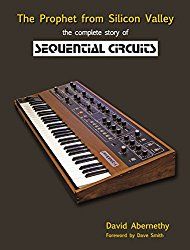
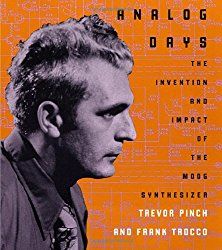
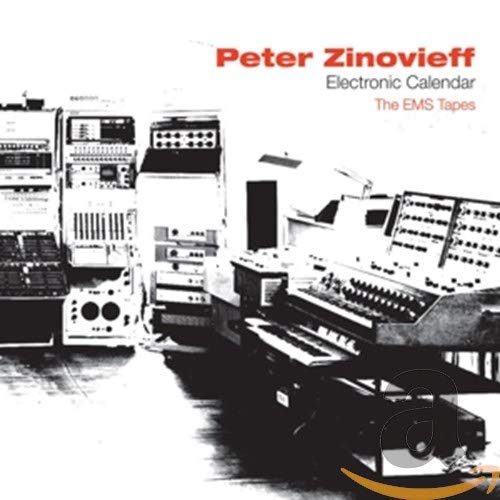
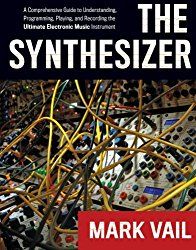
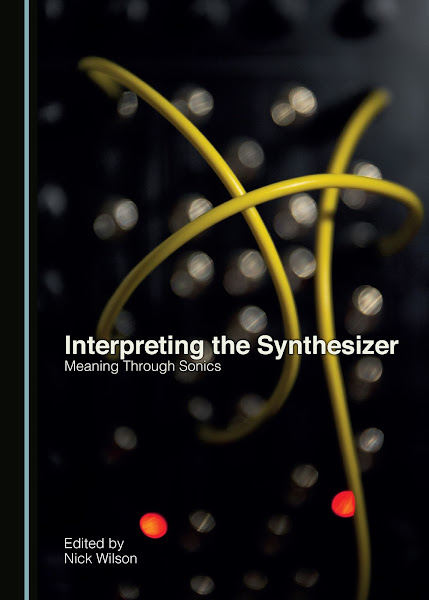
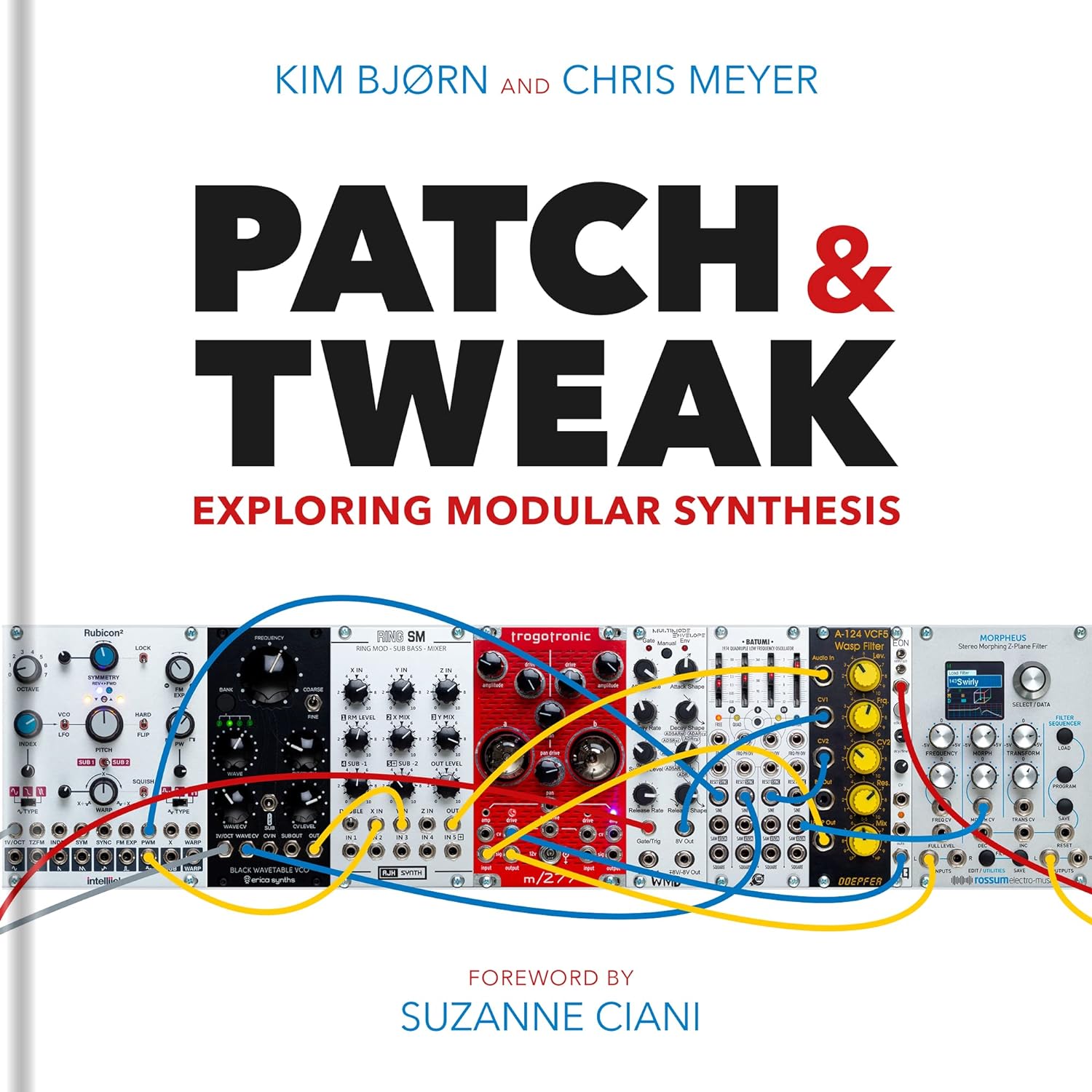

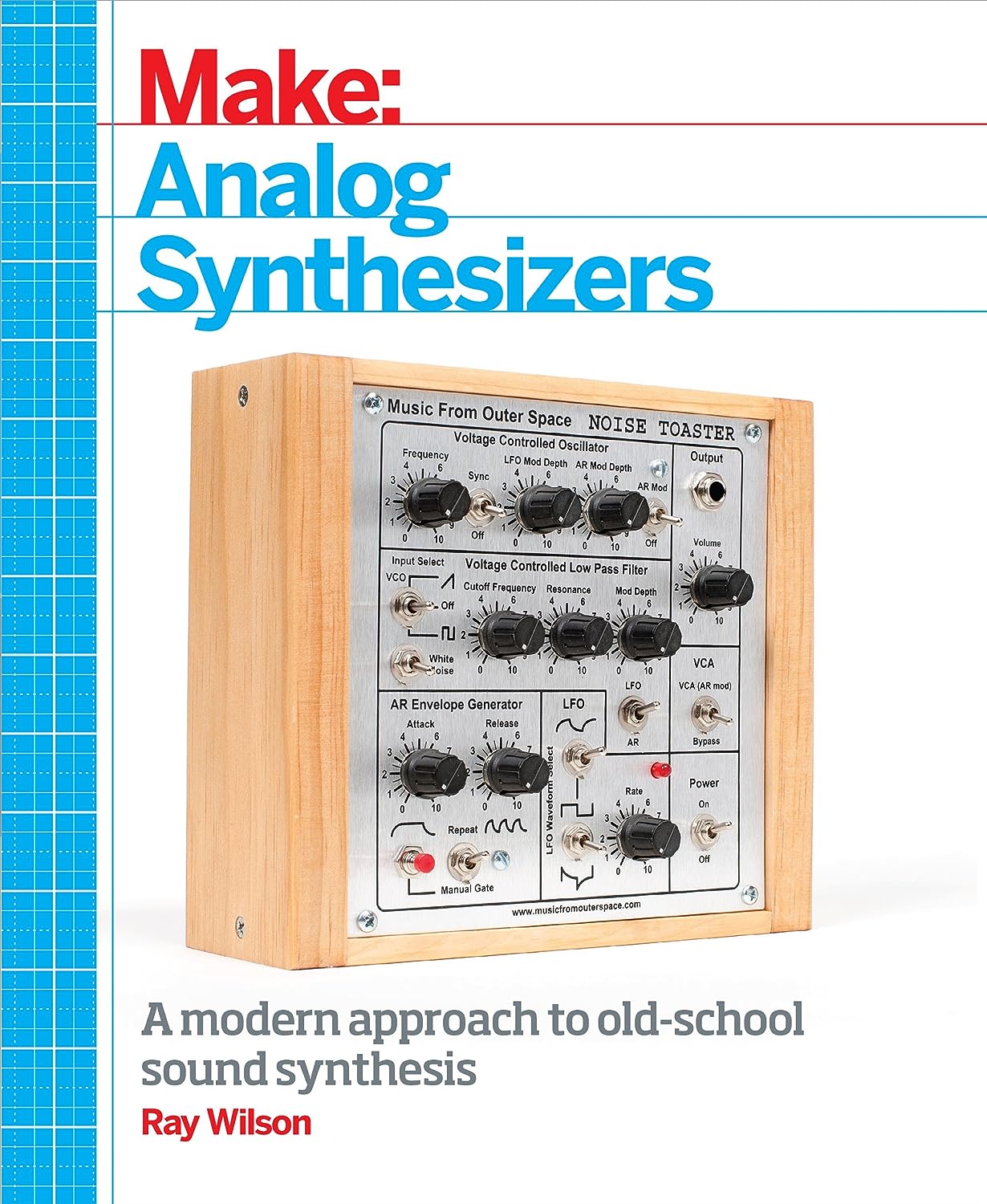
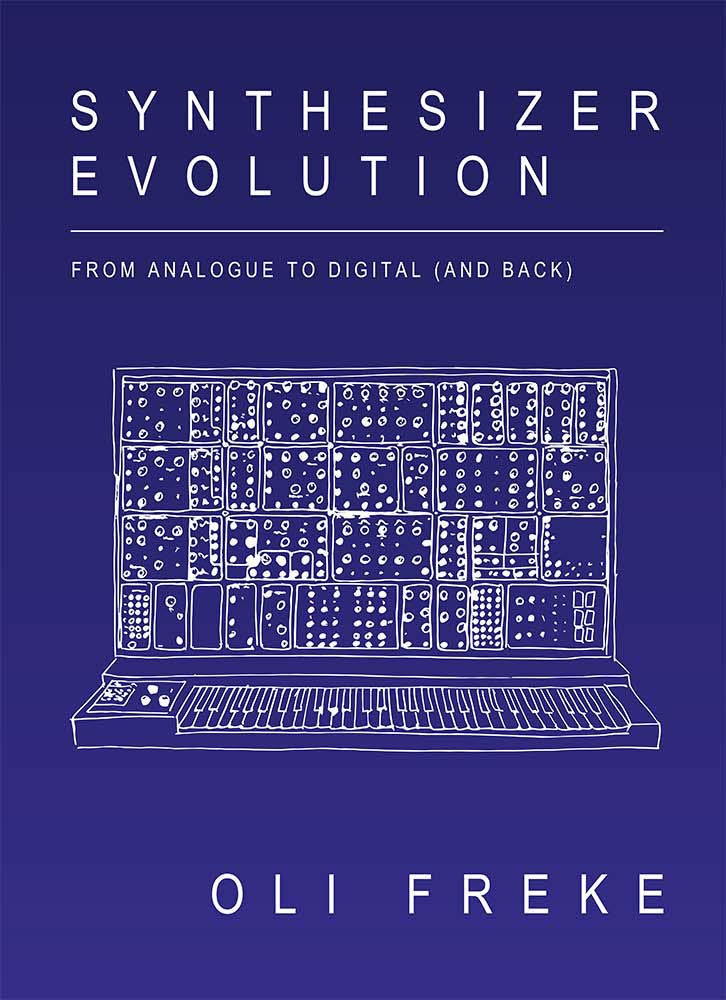
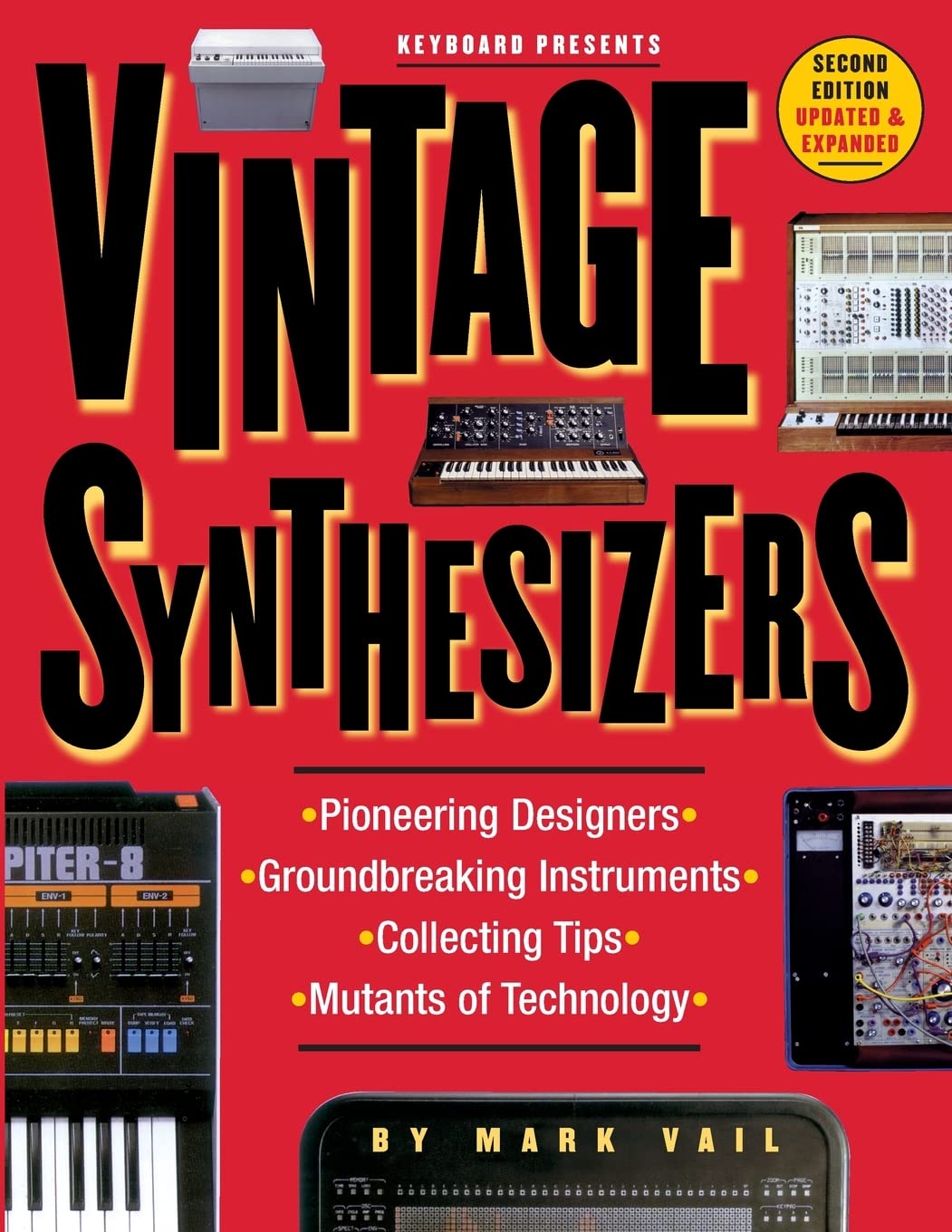
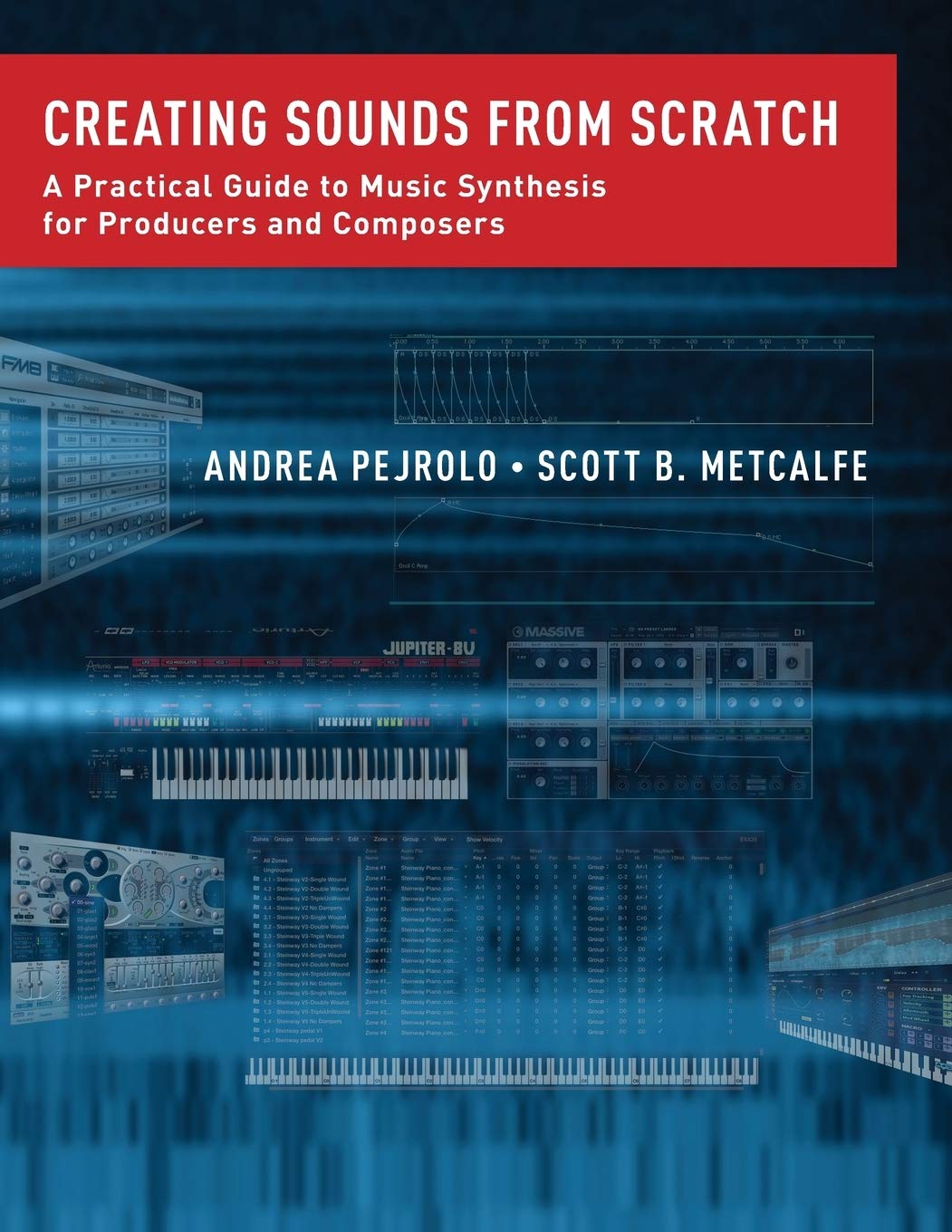
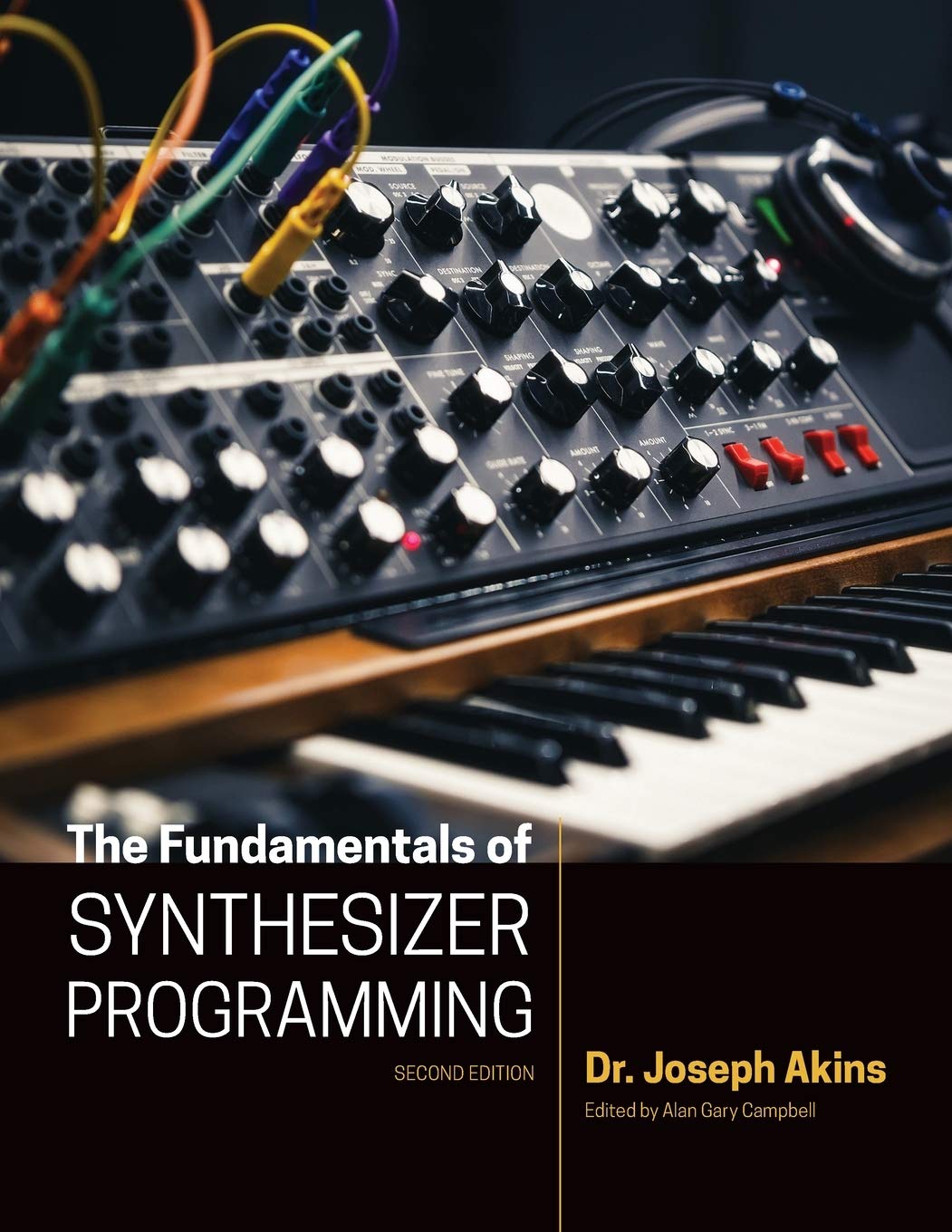

© Matrixsynth - All posts are presented here for informative, historical and educative purposes as applicable within fair use.
MATRIXSYNTH is supported by affiliate links that use cookies to track clickthroughs and sales. See the privacy policy for details.
MATRIXSYNTH - EVERYTHING SYNTH













© Matrixsynth - All posts are presented here for informative, historical and educative purposes as applicable within fair use.
MATRIXSYNTH is supported by affiliate links that use cookies to track clickthroughs and sales. See the privacy policy for details.
MATRIXSYNTH - EVERYTHING SYNTH























